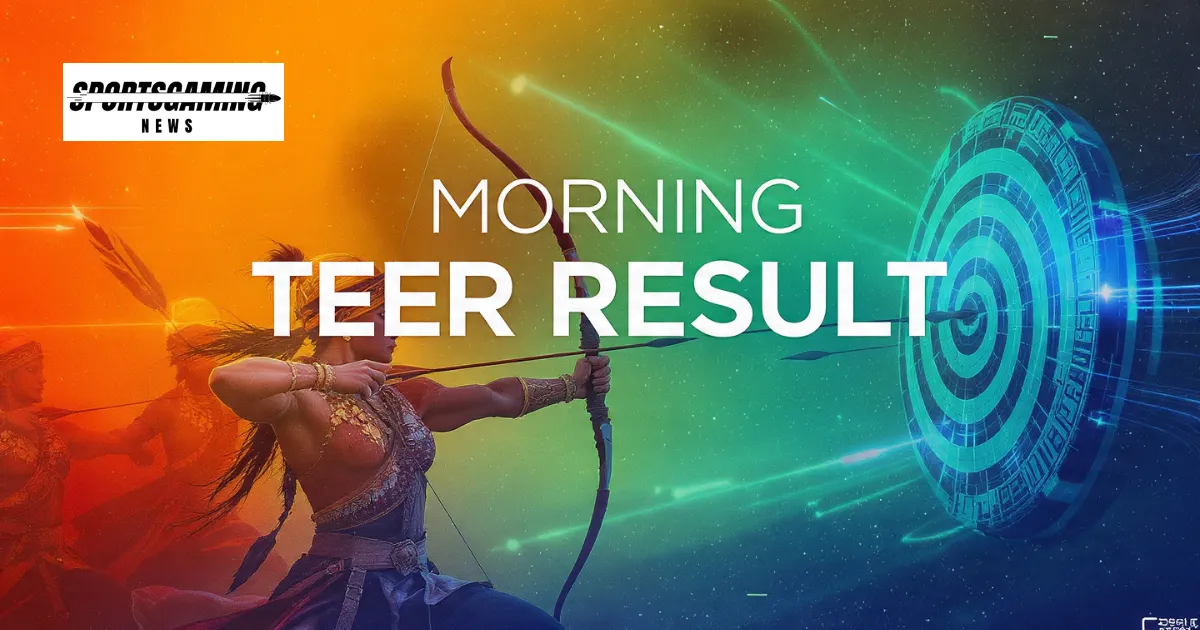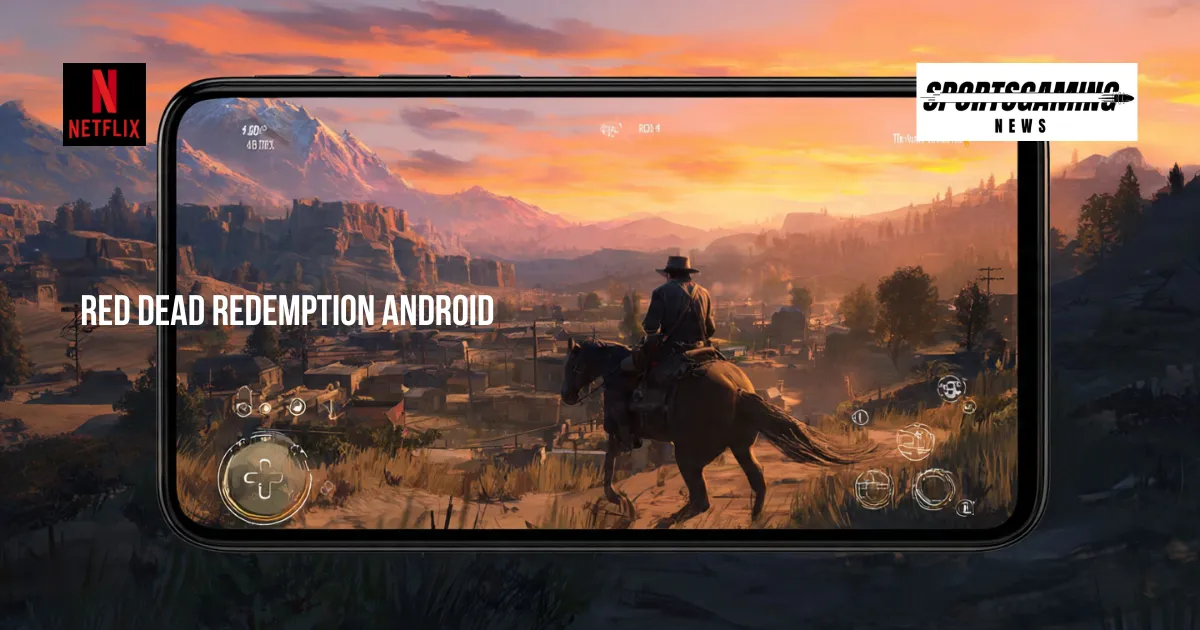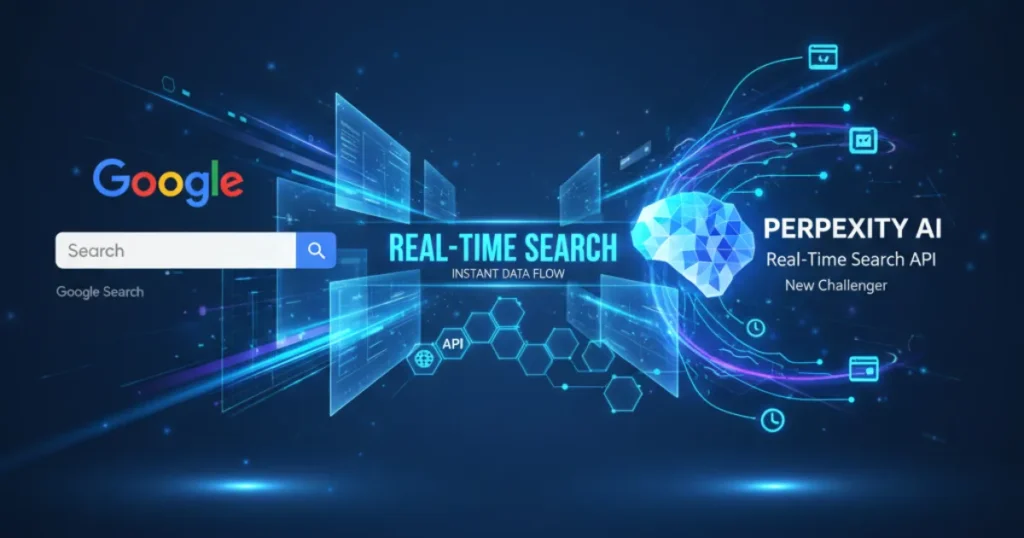Introduction
In recent months, the name Perplexity AI has captured attention across tech circles. With its new Perplexity AI Search API, the startup is aiming to challenge the dominance of Google in search. In fact, sportsgamingdaily readers are already buzzing about how this move might reshape how engines answer queries. The Perplexity AI real-time access capability brings a fresh twist: instead of relying on pre-trained models only, the search API taps into live web data. As a Perplexity Google alternative, it promises developers a chance to embed web-aware intelligence in their apps. Let’s dig into how Perplexity AI unveils real-time search API features compete with Google, what makes them different, and why this could be a turning point in search.
What is the Perplexity AI Search API?
At its core, the Perplexity AI Search API (also known as Sonar, per the company’s documentation) gives programmatic access to live web search, summarization, and grounding of answers. Rather than depending solely on static knowledge embedded during training, this API fetches current web data, ranks results, filters content, and synthesizes responses. It also returns citations so you can trace where information comes from.
Moreover, the Perplexity AI Search API launch features and benefits include multiple models optimized for different tasks (e.g. reasoning, deep research) and a pricing plan tied to queries, tokens, and citations. The API supports filtering by domain, result ranking, and other developer controls. In short, it turns Perplexity AI into a building block for others: applications, chatbots, analysis tools, and more.
How the Real-Time Search API Works
Firstly, you issue a query to the Perplexity AI Search API, just like any search. The API then fetches web pages, ranks them, extracts facts, and builds a response. Because it works in real time, it avoids the staleness of fixed training sets. Secondly, it generates a grounded answer with citations, so the output is traceable. Thirdly, developers can choose which model fits their use case—one model might focus more on reasoning, another on raw search throughput. Because of this flexibility, building an app that stays current is simpler.
For example, in one tutorial, a developer swapped in the Perplexity API using a Python client, replicating familiar OpenAI client syntax but with live web answers. That shows how the AI-powered search engine API can be adopted with low friction. Also, because it’s web-aware, it can answer questions about breaking news, sport results, and very recent events—something that static LLMs struggle with.
Perplexity AI vs Google: What Changes?
The biggest contrast lies in source of information. Google’s search index is vast and well established, but it’s a classic link index plus ranking. Results tend to come as many blue links and require the user to click through. With Real-time search with Perplexity AI API explained, the response comes as an answer, with sources listed inline.
Google has a massive advantage in scale, infrastructure, images, maps, etc. But Perplexity AI vs Google highlights where the newcomer can compete:
- Freshness: Because Perplexity’s API fetches data at query time, it can reflect the latest updates more easily than cached index snapshots.
- Answer focus: Developers get direct answers, not just links, saving user effort.
- AI integration: Embedding a web-aware LLM inside apps is easier with the Perplexity API than trying to combine Google search + LLMs manually.
- Cost model: The API has usage-based pricing for queries, tokens, and citations. Google may offer APIs too (e.g. Custom Search) but not the same AI-answer structure.
- Transparency: Because citations accompany responses, there is clearer visibility into source reliability.
Nevertheless, Google still dominates in scale, infrastructure, ecosystem, and maturity. The Perplexity AI Google alternative might not yet fully replace Google for all search tasks, but it offers a compelling tool for building intelligent applications that need web grounding.
Why this Matters for Developers and Businesses
If you are building an application that needs up-to-date knowledge (news, stock, sports, product reviews), the Perplexity AI real-time access can make your tool smarter, without you having to maintain your own crawler or scraper. Embedding real-time search becomes low friction.
Further, being able to compare Perplexity API features such as domain filtering, ranking heuristics, choice of reasoning models, and citation output gives you control over how your app uses external information. That is better than blindly relying on a closed LLM that may hallucinate.
Because it can compete (at least in niche) with Google, companies exploring search alternatives now have more options. The Perplexity Search API launch signals that major players in AI search are being challenged by newer, agile entrants.
And for content creators, integrating a Perplexity AI Search API means you can offer smarter search inside your platform, giving your users answers—not just links. That could be a game changer in user retention and interaction.
Case in Point: Media, Gaming, and sportsgamingdaily
Take a site like sportsgamingdaily. Embedding a search feature that not only returns articles but also synthesizes answers, shows recent match results, and cites sources would drastically improve user experience. sportsgamingdaily could, for example, let users ask “Who scored in last night’s game?” and get a synthesized answer with links.
Furthermore, sportsgamingdaily’s newsroom can use the Perplexity AI Search API to fact-check, find context, or build news summary tools automatically while content is fresh. Because the API gives real-time access and citations, it becomes safer to trust. And by aligning with Perplexity AI unveils real-time search API to challenge Google, sportsgamingdaily positions itself at the frontier of integrating modern AI in publishing.
Strengths, Limitations, and Challenges
Strengths
- Real-time data: The API’s live connectivity gives it freshness above many static LLMs.
- Citations: Every answer includes its source, thus reducing “hallucination” risk.
- Model flexibility: Developers pick the model that best suits their domain (reasoning, deep research, lightweight search).
- Ease of adoption: It uses familiar APIs and clients, making integration smoother.
Limitations and challenges
- Scale vs Google: Google has immense scale, indexing, infrastructure, and features (maps, video, images) that Perplexity cannot match immediately.
- Legal and copyright risk: Perplexity has already faced scrutiny over using publishers’ content without permission. If Perplexity’s API surfaces proprietary content without license, issues may arise.
- Latency and cost: Real-time search is more resource intensive. High-volume use may incur cost and response delays.
- Coverage and robustness: For some niche queries, the API might miss content that Google’s vast index already has.
- Reliance on external web structure: If a web page changes or becomes inaccessible, the API response may break or lose credibility.
But these challenges are typical for any emerging challenger. The key is whether Perplexity can scale, partner with publishers, and maintain reliability.
Future Outlook and What to Watch
Going forward, several developments will matter:
- Publisher agreements: If Perplexity strikes deals to legally include and cite media content (rather than scrape), it gains trust and credibility.
- Improved models: Over time, the reasoning and research models will sharpen, closing gaps with specialized domain tools.
- Expanded feature set: More search filters, domain controls, media embedding, multilingual support.
- Ecosystem adoption: The more developers embed the API into various apps, the more the Perplexity name becomes familiar as a Google alternative.
- Competition response: Google, OpenAI, Microsoft, and others may launch similar real-time search APIs or change their pricing and policy.
If Perplexity executes well, the Perplexity AI Search API could become a standard building block in AI applications.
Conclusion
With its real-time search API unveiling, Perplexity AI is signaling a bold challenge to Google’s dominance. The Perplexity AI Search API combines web access, AI synthesis, and transparency through citations. Its launch features and benefits make it ideal for developers, publishers, and platforms especially those like sportsgamingdaily that need fresh content and trustworthy answers. While Google still holds the edge in scale and breadth, Perplexity AI vs Google is now not just a thought experiment—it’s becoming a real competition.
As real-time search APIs mature, users everywhere may get smarter, faster answers than ever before. In the end, Perplexity AI real-time access might become a core piece of the next generation of web applications. And for sportsgamingdaily, this move could open up new possibilities in live content delivery and user engagement.







